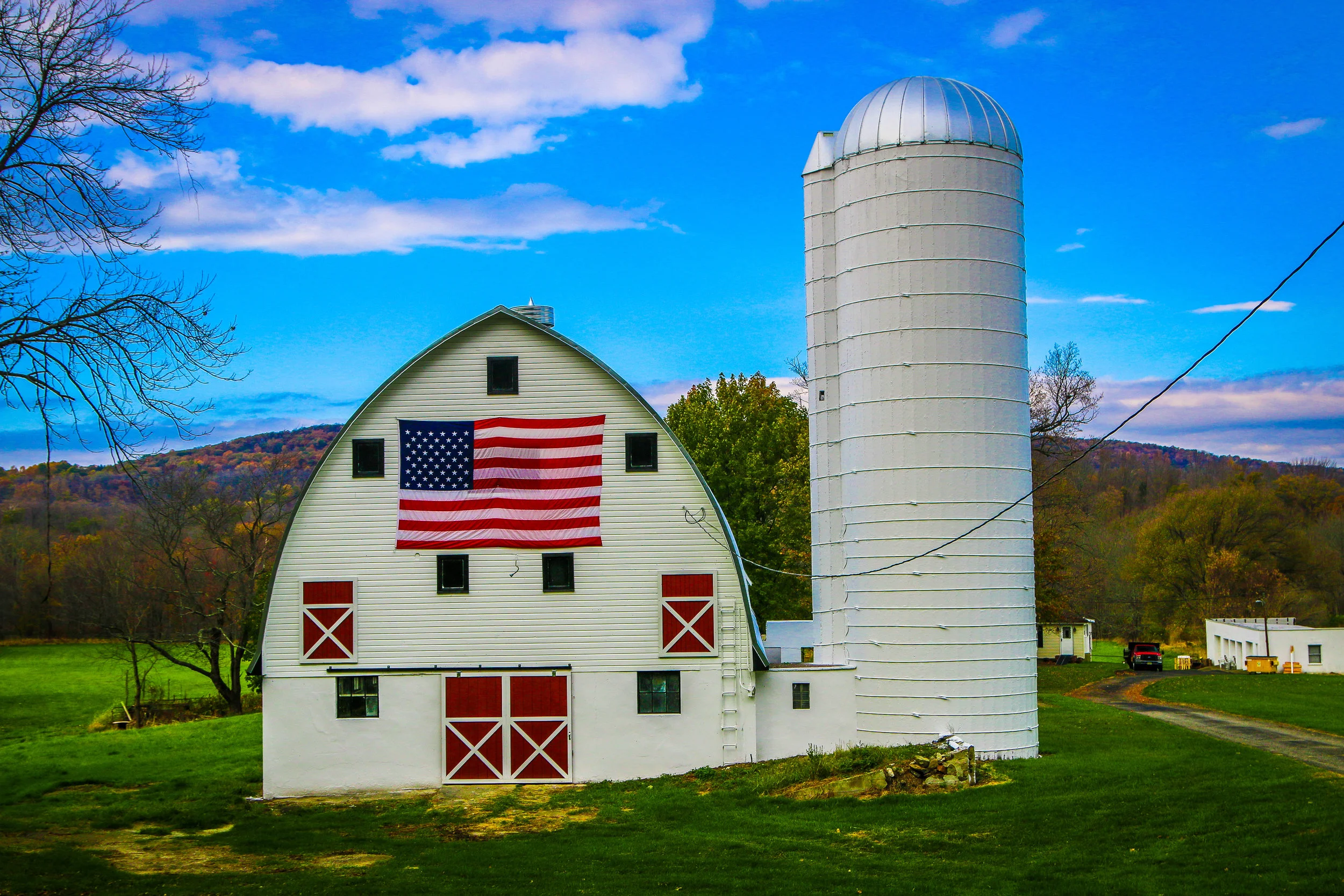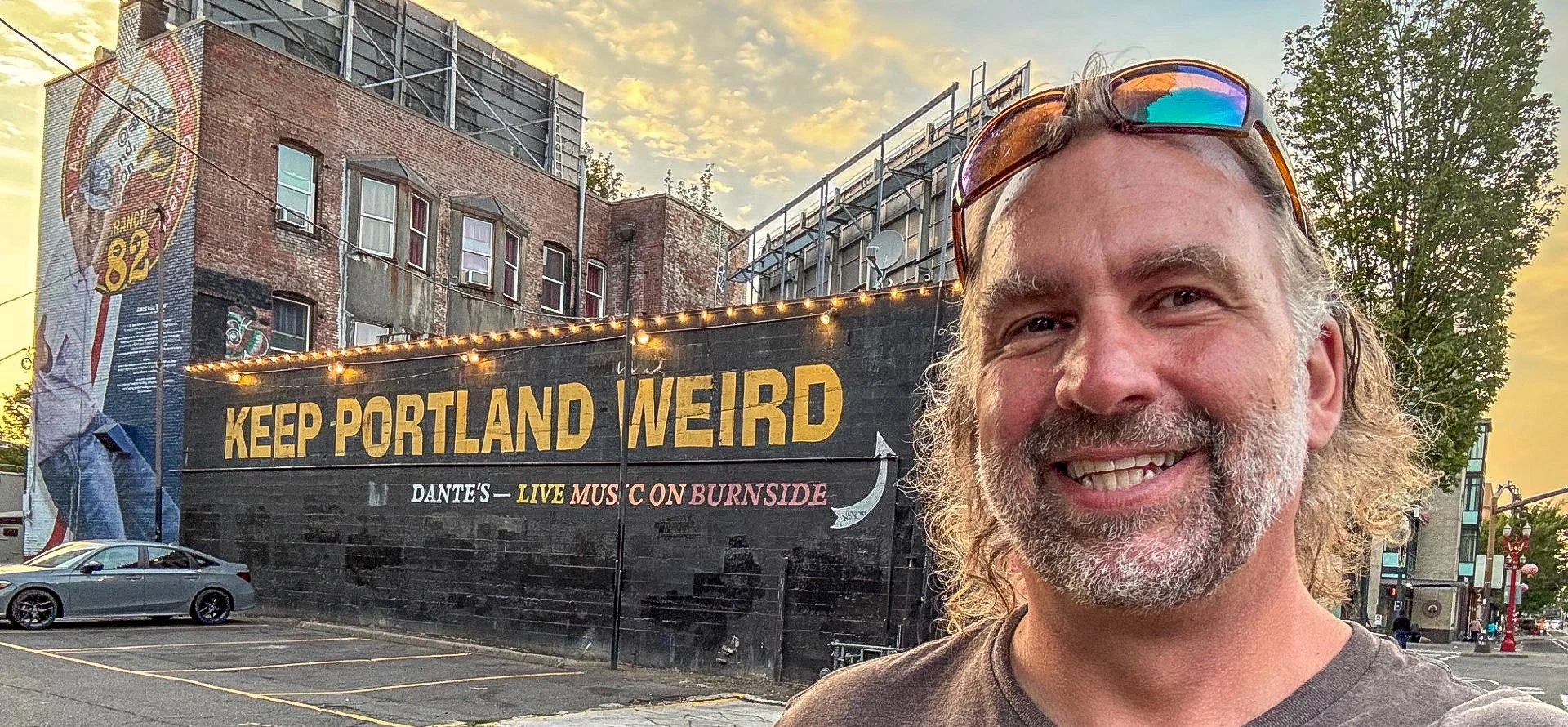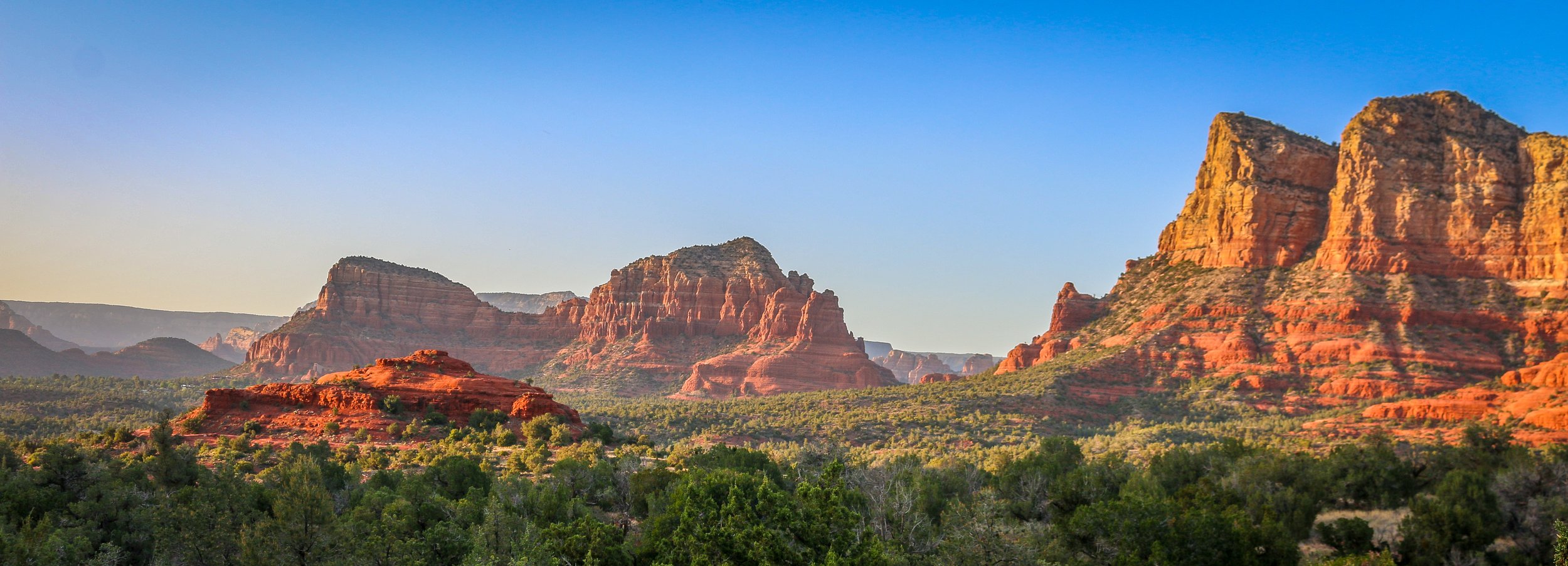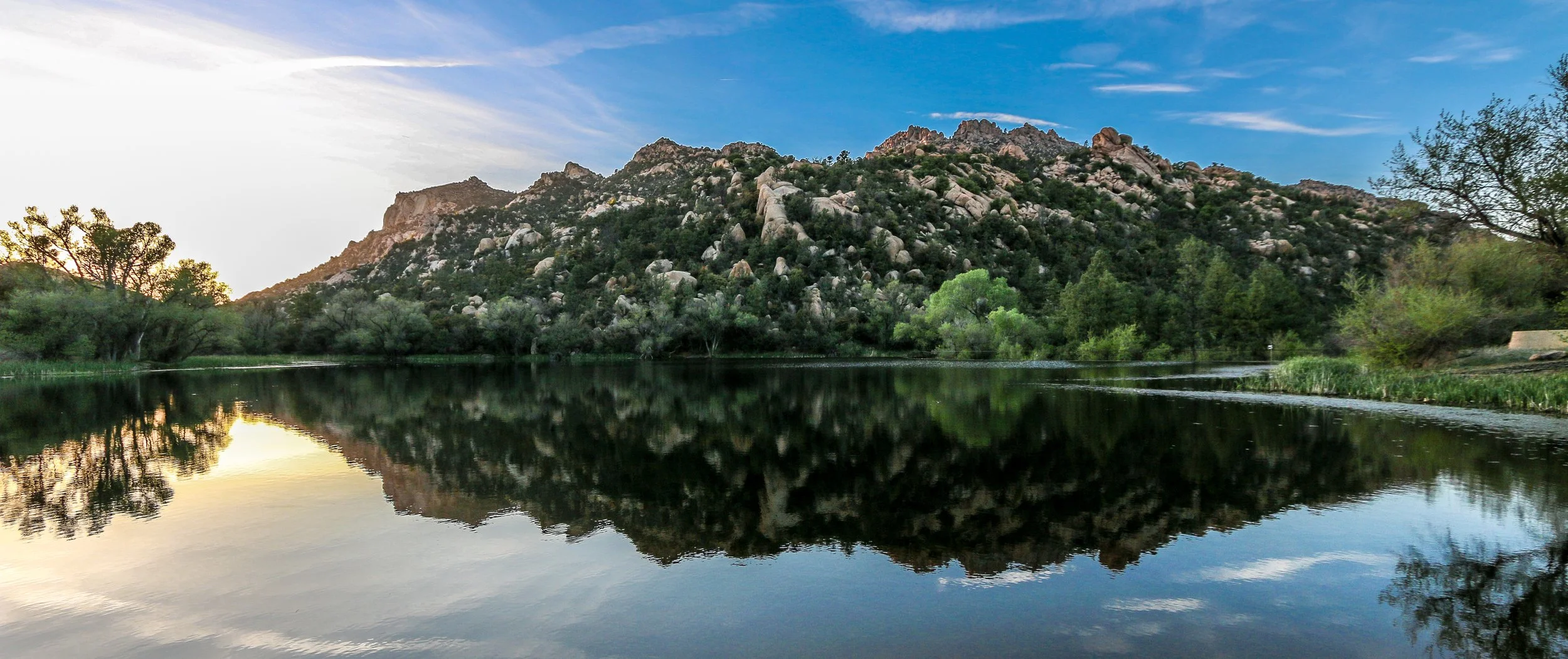Breathtaking beaches, glacier covered mountains and incredible temperate rainforests all wrapped up in one amazing National Park? You must be talking about Olympic. Designates as Mount Olympus National Monument by Theodore Roosevelt, the area officially became Olympic National Park in 1938. Covering a massive 1442 square miles, the National Park covers most of Washington State’s Olympic Peninsula. 95% of the park is designated wilderness, meaning you’re going to have to hike in if you want to really see it.
I have been to Olympic before, but really just to catch the highlights at the Hoh Rainforest, Second Beach, Crescent Lake and Marymere Falls. On this trip I spent almost two weeks in the area and saw so much more of what the park had to offer. I did a four day, three night backpacking trip up the Hoh River Trail to Glacier Meadows and then a three day, two night hike around the High Divide/Seven Lakes Basin Loop, both of which were spectacular. I also visited the Quilault Rainforest, Ruby Beach, and Sol Duc Falls while I was there and stopped into the beautiful park lodges at Quinault Lake and Crescent Lake. The highlight for me was definitely the namesake Mount Olympus, but the quiet nights, the sound of water and the incredible wildlife also made me happy. I hope you enjoy these photos of the magical region of Olympic National Park.
White Salmon is a cute little town up on the hill on the Washington side of the Columbia River Gorge. The area was historically Klickitat territory and was first settled by the Joslyn family in 1852. Cattle farming, timber, salmon fishing and wheat were the early industries in White Salmon, and later fruit farming and tourism would add to the economy. Today, the population rests right around 2500 people. It was the white salmon crosswalks that drew me in and the cute businesses and signs that kept me there. I wasn’t in White Salmon for long, but I really enjoyed my time there and I hope you enjoy this small handful of shots from the town ‘Where the Sun Meets the Rain”.
The Columbia River is the largest river in the Pacific Northwest, and also the most important. It has always served as a trade route from the interior to the coast from the time American Indians paddled their dugout canoes up and down the river to the tall ships of the fur trade to modern trade ships of today. It also has several major dams which provide much needed power to the region and the river also serves as the border between Washington State and Oregon. The incredible waterfalls on the Oregon side bring in tourists by the thousands, but the small towns of the Washington side are friendlier and more livable. It gets hot out there, and it got too hot for me to stay too long and I ended up cutting my visit a little bit shorter than I would have liked, but I still had a great time out there. I hope you enjoy these photos from the beautiful Columbia River Gorge…
When I left you last week, I was at the wonderful public library in Brookings. From there I was planning to make my way up into the Samuel H. Boardman Scenic Corridor which covers some of the most beautiful coastal scenery in the south of Oregon. Unfortunately the fog just wouldn’t lift that day, so I spent a lot of time hanging around the beach and reading which was also nice. The skies finally cleared to some extent around 6pm so I hustled my way up the coast, pulling off to take a bunch of photos along the way. I wish I had had more time to do it, but it was really magical nonetheless and I had some amazing views. The broad beaches and sea stacks are really something to see and I’m really glad I got a little bit of sun to take some photos with. In the end, I only made it as far north as Gold Beach before it got dark, but it was a lovely evening…
Hello Everyone! I hope this post finds you all well. I am safely back at home in Washington D.C. after my tour season finished last week. It’s nice to be here with my family and friends and I’m catching up on some rest and some quiet time. I know I promised you these photos a couple of months ago, but things got really crazy at the end of my season, plus I was pretty tired from such a busy summer. But here are the rest of my photos from my time in Alaska this summer. I hope to get a couple of more little photo essays done in the next couple of weeks and get a proper update written and hopefully share some of my photos from my last trips in California and the one I’ve just returned from in the Deep South, but it’s Wednesday night and I want this to get this out on Thursday so I’m going to keep it short and sweet today. I hope you all had a wonderful Thanksgiving and I promise I’ll be back with you real soon. Thanks, as always, for reading.
Hello Everyone,
It’s been another busy week here in Southern California. I spent half of the week out on Santa Cruz Island in Channel Islands National Park which was an absolutely wonderful experience. When I returned to the mainland, I made my way south to Los Angeles and have been here since, catching up with old friends and visiting some old haunts and some new places as well. I haven’t traveled far this week, so this probably won’t be a particularly long post, but it’s been nice to get some hiking in and the sun is finally shining again.
Last Wednesday, I packed up my backpack and hopped on The Islander in Ventura for the one our crossing to Scorpion Ranch on Santa Cruz Island. The water was rough, but it wasn’t too bad and thankfully it wasn’t a long voyage. When we arrived, we met briefly with the ranger and then headed off to set up camp. It had been raining all night and most of the morning, but the sun was out and it’s always easier to set up a tent in the sun than in the rain. The campground was pretty soggy and we had been warned about branches falling from the eucalyptus trees, so choosing a good spot to set up was essential. After getting my tent up and ready, I decided to use whatever sunshine was left to hike up to the Potato Harbor overlook. This was only about a 4 mile round-trip hike, but it was really muddy on the trail. The mud had a high clay content too, so it stuck to my shoes and it caked on so thick that it looked like I was wearing snowshoes. I made it to the overlook which was absolutely stunning and on the way there I saw several endemic Santa Cruz grey foxes. These foxes have evolved to be much smaller than their mainland cousins, and growing up on an island with no predators, they’re also very friendly. I loved watching them wander around the island and found they made me smile every time I saw them.
After having my lunch at the overlook, I could see the rain coming towards me across the ocean so I started to make my way back to camp. Unfortunately the rain caught up with me before I got there, but worse it turned the clay trail into a slick downhill path. I almost made it back to camp without falling. In fact, I could see the campground from where I fell, but my feet just went out from under me and I landed pretty hard on my shoulder. While I didn’t do any damage and didn’t even get a bruise, it hurt for a few days and I didn’t have any pain killers with me in my pack. I wasn’t happy about it, but it could’ve been worse, too. I headed back to my tent and caught a nap while the rain kept pounding down. It eased up in the evening and hasn’t been back since. That night I ate the first freeze-dried meal I’ve had in many years. When I was a teenager, I spent two summers working at a Boy Scout backpacking camp in Virginia and we ate freeze dried food most of the time. It’s come a long way since I tried it last and I must admit that it was actually pretty tasty. After dinner, the sun went down and there wasn’t much to do so I slipped into my tent and called it an early night…
I had spent time in Sedona before, but never enough. I was always there for just a night, usually late in a tour where we didn’t have much time to do more than have a cursory look around. The cost and snobby attitudes of the locals with their spiritual vortex talk was always a turn-off for me. I had never had the chance to really get out there and do some hiking before, but I’m sure glad I scheduled a few days for it on this trip. I’ve been to a lot of places in this country, but few can compare to the red rock country surrounding Sedona. I don’t know about vortexes, but it is definitely a beautiful and magical place. Like most of red rock country, it’s best to hit the trail very early in the morning or just as the sun is starting to go down. While I was there, I hiked to the Birthing Cave, the Subway, Devil’s Bridge, the Courthouse and Bell and, my personal favorite, the Airport Loop. With the exception of this last one, which I had all to myself, there was no shortage of people in the area. It’s definitely not a secret place, nor is it off the beaten path, but it’s well worth it to visit and the shear number of trails in the area helps to disperse people pretty well. I had a wonderful few days in Sedona and will definitely be back. I hope you enjoy these photos from beautiful Sedona, Arizona, a true hikers’ paradise.
I’ve spent a fair bit of time in Tombstone in my life. It was always a stop on my company’s cross-country winter trips, of which I ran many. But it was always a quick stop as we usually arrived late in the short winter day and left early the following morning, but my groups and I always enjoyed the old-west feel of the place, the dirt streets, the wooden sidewalks and having a few beers at Big Nose Kate’s Saloon. It was nice for me to get back this past winter after several years and have a little more time to spend there.
Tombstone is an old silver mining town, founded in 1877, and produced somewhere between $40 million and $85 million worth of silver bullion. During Tombstone’s heyday in the mid-1880s, the town boasted a population of 14,000 and was home to 110 saloons, two churches, three newspapers and a bowling alley. It was named the county seat of Cochise County, a designation it held until 1929. A fire in 1886 destroyed the mine’s central hoist and pumping plant and it was decided that with the productivity of the mines at that point, they weren’t worth rebuilding. The population would dwindle until tourists started to take an interest in the old west and come to have a look for themselves.
Tombstone is probably best known for the legendary shootout at the O.K. Corral between the Earp brothers and Doc Holiday and a group of cattle rustlers known as The Cowboys on October 26th, 1881.
Hello Everyone! What a difference a week makes, especially when there are planes involved. I’m writing to you this week from sunny San Francisco, where I’ve been since Sunday as I begin my new guiding job with Incredible Adventures. It’s definitely been a transition, but a good one and one I’m excited about, especially as temperatures climb and the days get longer. Summer’s creeping in and I’m thrilled to be back in the saddle and showing international tourists around our beautiful country. It’s a job that suits me and one that, while stressful and intense, is something I truly enjoy doing. While I’m starting with a new company, my manager from my old company is my manager here and many other guides have come over as well which means there are a lot of familiar faces around. It’s been wonderful to be back in a big city as well and to not have to worry about parking and sleeping and the stresses of van life for a few days. My company has put me up in a nice hotel here for the last few days and that alone has been a sort of vacation for me. On another note, I found it amusing that while filling out my paperwork I have been writing the year as 2021 and felt surprised yesterday to look down and remember it is actually 2022. I guess my mind has been focused on other things since the New Year. All in all, it’s been a great week and while this will be a short recap this week, I want to keep my newsletter coming out as regularly as possible through the coming work season. It will be difficult at times because this job is pretty full on and runs seven days a week, but I will do my best.
When I wrote this post last week, I was in tiny Camp Verde and had a very quiet night when I wrapped it up. Thursday morning I was up early and off to Prescott which was less than an hour away. I had a lot of things I needed to get done when I got there – unexciting things like laundry and a tire rotation, but things which were quite necessary. I did manage to spend a few hours in the Sharlot Hall Museum, a central museum complex named for the lady who founded it. It was a fascinating place which included several original town buildings and a few purpose-built exhibit halls. It was a good day to be there as there were several school groups at the museum on field trips so there were interpretive volunteers stationed in several of the historic buildings around the museum. In the evening, I went for a nice prime rib dinner to celebrate a successful winter and spring on the road and to look ahead to a great summer back at work. Then I headed downtown to Whiskey Row, once a notorious Old West entertainment district and now just a fun stretch of bars and restaurants. Prescott seemed to have a nice mix of students, hippies and cowboys and there were plenty of people out enjoying themselves on a Thursday evening. I especially enjoyed the open-mic night at the Birdcage and the history of The Palace, Arizona’s oldest standing saloon which once served the likes of Doc Hollywood and the Earp brothers.
I spent Friday morning packing for my flight and cleaning my van – both of which were easier in the cool Prescott morning at 5000’ than they would be in lower and warmer elevations. Around noon I headed over to visit a very old friend of mine who was finishing up his work week at a popular bronze sculpture workshop there in town. I met Jefferson back in 1992 between my junior and senior years in high school when I worked at a summer camp in Virginia. He was in his twenties at that point and had been working at the camp for several summers and was one of the camp rangers. It was my first summer there (of two) and I helped run a high ropes course that summer. It was quite a formative experience in my life and I still remember how much I enjoyed working there and looking up to Jefferson (who we knew as “Slim” back then). He admitted when I saw him that he didn’t really remember me, but when I showed him a picture of me at 16 he remembered that guy and we could certainly reminisce about mutual acquaintances from camp. He showed me around the shop and explained the process of creating the bronze sculptures they were working on. The artists create the molds, but when they are cast they are far from a finished product. Jefferson’s shop assembles the different pieces, touches them up, grinds and polishes them and then adds color and texture using chemicals, fire and specialized tools. It was quite a fascinating process and one I had no idea was so complicated. The finished products they were turning out were magnificent and their shop is apparently in very high demand which is always a good thing.
Jefferson knocked off for the week and we headed over to Bill’s Pizza on the main courthouse square for a delicious pie and a long conversation. When we finished our lunch, he invited me out for a hike and we headed up to the beautiful granite mountains outside of town where we embarked on a pleasant 3 mile loop through the woods. Jefferson knew a lot about the plants and trees and insects and I appreciated learning from him as we went as we continued to catch up on the thirty years since we last met. After the sun went down, he invited me to spend the night at his place and have dinner with him and his partner, Colette. They had a lovely home and we sat up chatting about all kinds of things into the night.
Rio Grande del Norte is one of our more recent National Monuments, having been designated as such in 2013. It protects the confluence of the Red River and the Rio Grande which are both designated Wild and Scenic Rivers. Both gorges are gorgeous and the point of land above the confluence, called simply El Punto, provides amazing views from high above the two rivers. I hiked the Little Arsenic Trail while I was there, which brought me down to the Rio Grande and led me straight to the confluence. It was one of the better hikes I did during my stay in New Mexico and was very rewarding around every turn. I spent the night at the campground on the canyon rim and enjoyed a beautiful sunset in the evening and a magical sunrise the following morning. In between, the stars were spectacular. I debated whether to drive out to this park as it was somewhat out of the way, but I’m sure glad I did as it is stunning from end to end. If you’re ever in the area, you should as well. I hope you enjoy these photos from beautiful Rio Grande del Norte National Monument.
Lake Itasca State Park spans over 32,000 acres in North-Central Minnesota. Native Americans have hunted in this region for thousands of years. In more recent times the area was inhabited by semi-nomadic bands of Ojibwe and played a roll in the fur trade. In 1832 an Ojibwe leader and guide named Ozawindib guided explorer Henry Schoolcraft to the lake they called Omashkoozo-zaaga'igan (Elk Lake), where he showed Schoolcraft the headwaters of the Mississippi River. Schoolcraft chose a new name for the lake by combining the Latin words Veritas (truth) and Caput (head) to form ‘Itasca’ honoring the ‘true head’ of the Mississippi. A monument has been placed there marking the beginning of the river’s 2,552 mile run to the Gulf of Mexico and is one of the more iconic photos in the state. The park is so much more than just the headwaters though, with dozens of miles of trails, the historic Douglas Lodge, campgrounds, lakes and even a climbable fire tower. The area is so wonderful, in fact, that Minnesota declared it a state park in 1891 making it the oldest state park in the state and one of the oldest in the country. I had a wonderful day in Itasca State Park and found it one of the prettiest places I’ve seen in Minnesota. I hope you enjoy these photos from lovely Itasca State Park, a real gem in the heart of the state.













